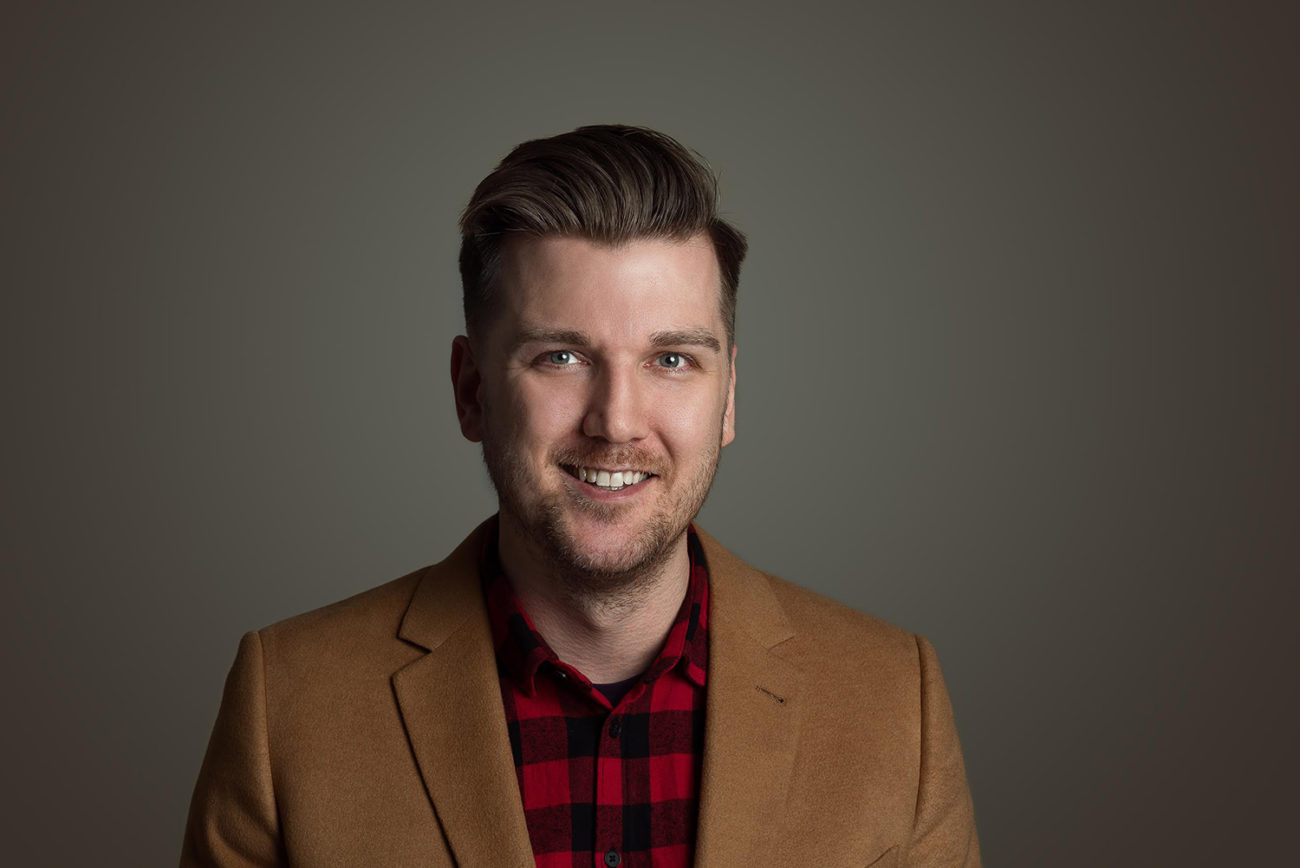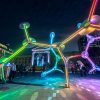Vancouver artist Trevor Van den Eijnden seamlessly fuses life and nature into his artwork.
What does your work primarily focus on?
Pattern, our relationship to nature over time, and the photographic. I’m interested in the repetition and reduction of naturalist pattern—the reduction of complex biodiversity representing millions of years of evolution watered down to iconography and then repeated into an indeterminate expanse. However, I’m also interested in how pattern searches for infinity—the attempt to entomb and immortalise something. I find it’s something sublime; both beautiful and disturbing.
My work plays with colour, light and shadow. Whether I’m working with photography or with large-scale sculptures I’m drawing with light.
But my work also focuses on our relationship to the natural world through predictive climate change data, nuclear waste, and the large-scale patterning of the world—you can obviously see the human grid on the surface of the earth from space.
How did growing up in Nova Scotia influence your work?
A common axiom in the Maritimes is “that at no point in Nova Scotia are you more than 50 kilometres from the sea”. Growing up there it’s an exceptionally plausible statement as the land, weather, and culture seems tithed to the sea with all its beauty and frightful power. But it’s also home to one of the largest holes in the ozone layer as a result of drifting New England pollution, as well as a large number of ecological echoes in scattered place names. This includes Caribou Island, near where I grew up, that ceased to be an Island a week before I was born, and has seen no Caribou for hundreds of years.
What was the inspiration behind your installation Sham–Real Shadows 2.0?
William Morris’ naturalist pattern designs sit in a precarious balance between faithfulness to the source materials and a devotion to human-scale pattern design. The outcome is an aggrandisement of smaller paper cut boxes exploring the history of wallpaper design that present reductions of nature as pattern formed into boxes (putting nature in a box) that when lit cast shadows of nature—I enjoy wordplay formed into objects. The title stems from a quote decrying overly realistically nature patterns, calling them “sham–real houghs casting sham–real shadows”.
Can you describe the conceptual framework?
I have been developing concurrent bodies of work rooted in sculpture, photography, video, painting, print, and book works for over ten years now. Although materially diverse these are all connected to ecological crisis, the Anthropocene, and the future through explorations of aesthetics, the sublime, and phenomenology. Conceptually all of these works tie into a proposed installation of Transmissions, Papers, and Relics into a hypothetical way-finding centre in the distant future, The Temple, that chronicles the mythology future civilisations will develop to rationalise the massive planetary shifts we’ve put into motion over the last 250 years. Sham–Real Shadows speaks to design as an indicator of shifting thinking around what constitutes nature and our relationships to it over those same 250.
How is this installation best experienced?
I think it is a bodily experience as the projected shadow and light wallpaper, or shadowpaper, lands on the walls as well as the audience. It is preferable to experience in an uncrowded space, with some quiet contemplation. But I also think, as it is photographic in that it’s draws with light and shadow, that when experienced through photography or film that those mediums make a phenomenological experience and crafts it into a referential one.
What do you hope will be the biggest public takeaway from this piece?
A sense of interest in the relationship between nature, design and art that hopefully leads to an appreciation and desire them all. But I also hope for them to take away a glimpse of beauty crafted in response to our often violent relationships to the biospheres we inhabit—a phenomenological response to the sublime. I describe my work as salves or soothes for dark subject matter, and I would hope that the audience sees the potential of that in this work as well.
Learn more about Trevor






